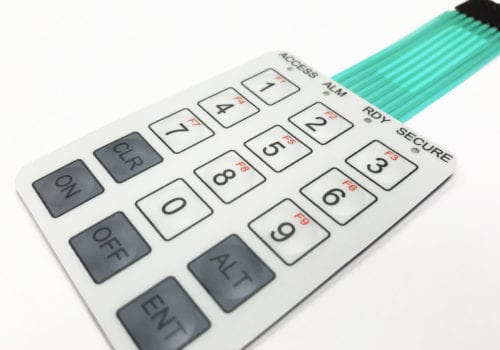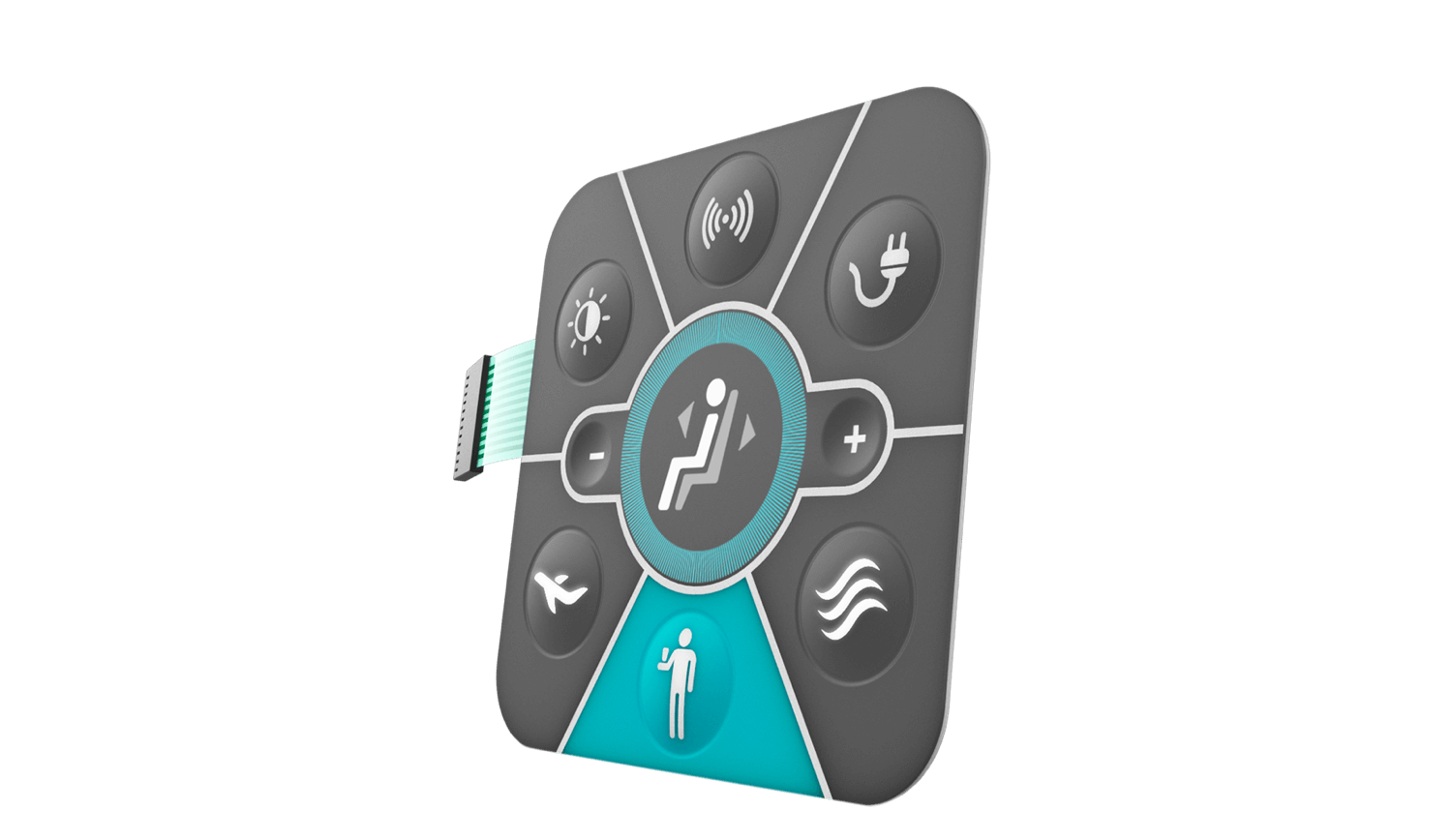Discover How a Membrane Switch Boosts Resilience and Performance in Instruments
Discover How a Membrane Switch Boosts Resilience and Performance in Instruments
Blog Article
Recognizing the Performance of Membrane Switches for Customer Interface Devices
The performance of membrane layer changes stands for a significant improvement in customer interface design, incorporating efficiency with aesthetic convenience. As industries progressively focus on user experience, understanding the subtleties of membrane layer switch innovation comes to be important.
What Are Membrane Layer Buttons?
Membrane layer buttons are cutting-edge user interface devices that facilitate user interaction with electronic devices. These flexible elements contain several layers, consisting of a visuals overlay, spacer, and a published circuit layer. The style enables a smooth combination right into numerous electronic devices, enhancing both the aesthetic and functional aspects of user interfaces.
Membrane buttons are commonly used in a variety of applications, from house devices to commercial equipment and medical devices. Their construction generally features a slim account, making them an excellent selection for portable styles. The tactile feedback provided by these buttons can be crafted to satisfy particular user choices, making sure efficient communication between the customer and the gadget.
Sturdiness is another substantial benefit of membrane buttons, as they are resistant to dust, dampness, and chemicals, which improves their lifespan popular atmospheres. Furthermore, these buttons can be personalized in terms of form, dimension, and graphic layout, enabling for branding and user-specific features. On the whole, membrane switches over represent a practical remedy for improving individual experience in electronic gadgets, integrating functionality with visual appeal in a reliable manner.
Just How Membrane Switches Over Work
Operating on a straightforward concept, membrane changes utilize a layered construction to register customer input efficiently. Each button contains numerous layers, including a printed circuit layer, a spacer layer, and a leading graphic layer, which are created to function together effortlessly. When a user presses the top layer, it presses the spacer layer, bringing the conductive aspects of the circuit layer right into call with each other.
This get in touch with develops a closed circuit, indicating the tool to execute a certain feature. The design permits numerous arrangements, including tactile comments, which can boost the user experience by offering a physical feeling upon activation. The products made use of in membrane switches commonly consist of flexible substrates, such as polyester or polycarbonate, which guarantee longevity and resilience against wear and tear.

Secret Advantages of Membrane Buttons

One more substantial advantage is their compactness. Membrane layer switches are thin and light-weight, which allows suppliers to conserve space in their devices without sacrificing you can look here functionality. This feature is particularly advantageous in applications where weight and quantity are important considerations.
Additionally, membrane buttons are resistant to dust, moisture, and chemicals, enhancing their durability. This resilience extends their life expectancy and reduces the requirement for regular substitutes, resulting in expense savings over time.
In addition, the tactile responses provided by membrane layer buttons can be optimized to improve individual communication. They can consist of features such as increased buttons or distinct clicks, enhancing functionality and individual experience.
Applications Throughout Industries
Customer user interface devices using membrane layer buttons prevail in a vast selection of industries, showcasing their flexibility and functionality. Membrane Switch. In the clinical market, membrane layer switches are essential to tools such as diagnostic devices and person monitoring systems, where their sturdiness and ease of cleansing are crucial for preserving hygiene criteria. In the auto market, these switches are employed in control panel controls and infotainment systems, offering a sleek and modern-day user interface for users.
Moreover, the customer electronics field gain from membrane layer switches in devices and portable gadgets, where small layout and straightforward user interfaces boost individual experience. Industrial applications also take advantage of membrane switches over for control panels look at these guys in equipment and automation systems, highlighting their toughness and resistance to harsh environments.
In the aerospace and protection sectors, membrane switches are made use of in cockpit controls and tools, where integrity and performance under extreme conditions are critical. Additionally, the video gaming industry progressively incorporates membrane layer switches in controllers and gallery equipments, adding to an engaging individual experience. Overall, the adaptability of membrane changes enables their widespread usage across many fields, highlighting their importance in modern individual interface style.
Future Fads in Membrane Layer Switch Over Technology

Furthermore, making use of advanced materials, such as polycarbonate and polyester films, is anticipated to rise, giving enhanced sturdiness and resistance to environmental stressors. These products add to the general longevity of membrane buttons, making them suitable for harsher commercial applications.
Furthermore, the consolidation of smart modern technology, consisting of IoT connectivity, will certainly make it possible for membrane layer switches to communicate with various other tools and systems, helping with a much more interactive customer experience. This fad straightens with the growing need for smart devices throughout different markets, from medical care to consumer electronics.
Last but not least, customization options are anticipated to increase, allowing manufacturers to create bespoke options tailored to particular user requirements and preferences. These over at this website developments will certainly position membrane layer switches as important parts in the evolution of customer interface innovation.
Conclusion
In final thought, membrane layer changes stand for a critical innovation in individual interface modern technology, providing a trusted and flexible remedy for varied digital applications. As developments in product scientific research and touch picking up technologies proceed, the capability and applicability of membrane switches are expected to increase, enhancing their importance in contemporary digital devices.
Report this page